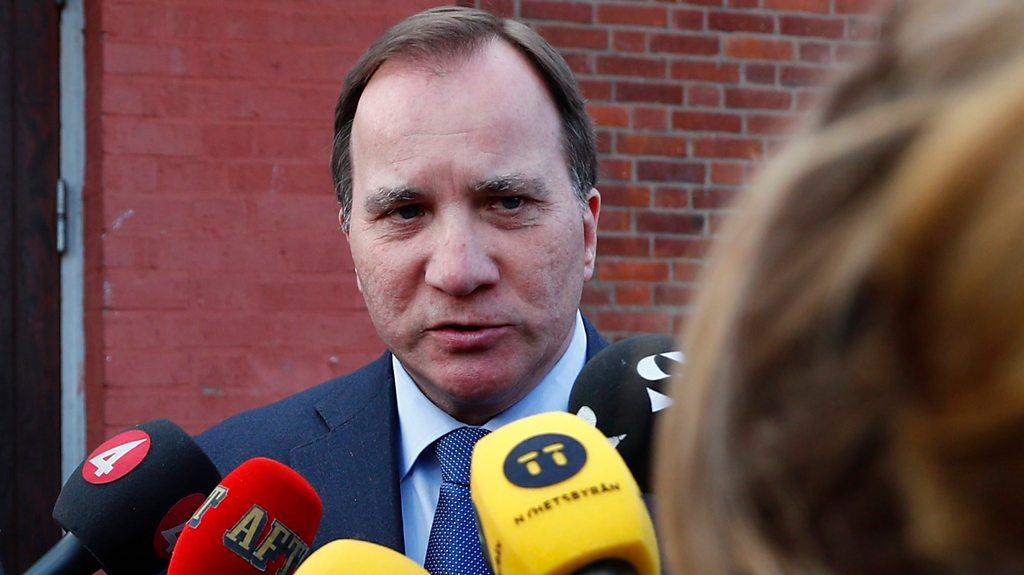Stockholm attack: Arrested man was lorry driver, police say
- Published
What we know about the Stockholm lorry attack
A man arrested in Stockholm after Friday's fatal lorry attack is believed to be the driver, Swedish police say.
The man, who was arrested in the north of the city, has not been named, but Swedish media say he is from Uzbekistan.
Four people were killed and 15 were injured when the lorry crashed into the front of a department store.
Police said they were unable to confirm local television reports of explosives being found inside the truck.
The lorry - hijacked from outside a nearby restaurant - crashed into the front of Ahlens department store in the middle of the afternoon on Drottninggatan (Queen Street), one of the city's main pedestrian thoroughfares.
Eyewitnesses described horrifying scenes outside the store, as bodies and injured people lay on the ground. On Saturday, authorities confirmed 10 people remained in hospital, including child. Two are in intensive care.
Swedish Prime Minister Stefan Lofven has called it a terrorist attack, with borders tightened at his request.
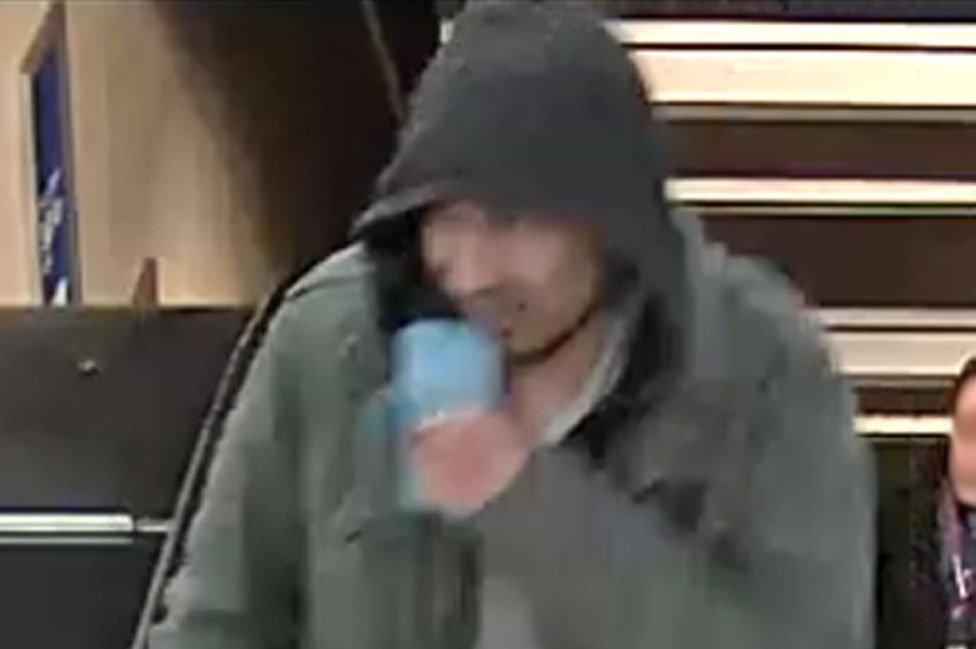
Police wanted to speak to this man - a suspect matching his description was later arrested
The suspect was detained on Friday evening after police released a grainy security camera image of a person of interest dressed in a hooded jacket. A second arrest was reportedly made later.
People filmed fleeing the scene of the lorry attack
Eyewitness: 'I heard the screams'
Police confirmed a man resembling him was arrested in Marsta, 40km (25 miles) north of Stockholm.
"We have investigated several people this evening, who we found interesting in one way or another, and recently we arrested someone we are very interested in," said police investigator Jan Evensson, referring to the Marsta arrest.
Police spokesman Lars Bystrom has since told news agency AFP: "We suspect that the man who was arrested is the perpetrator."
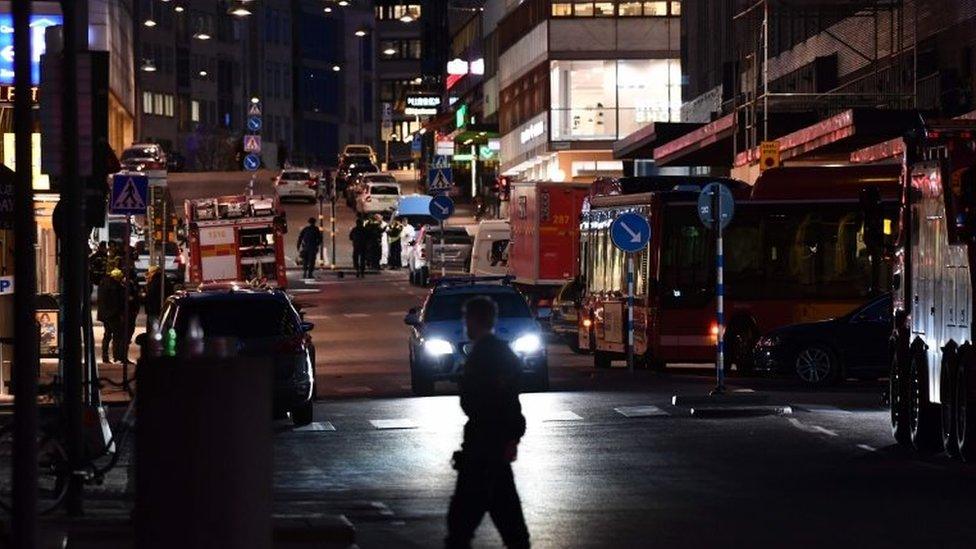
Emergency services worked late into the night
He is being held on suspicion of committing a terrorist crime, the state prosecutor's office said, and is in prolonged detention, according to a police website.
The second man, detained in the Hjulsta in the north-west of Stockholm, had links to the man arrested in Marsta, local media reported citing police sources.
Central Stockholm was in lockdown after the incident, with the main station evacuated and metro, central roads and various bus lines shut as well.
PM Stefan Lofven says the "values we treasure" will not be affected by the attack
City authorities made several spaces, including a number of schools, available as temporary accommodation for those who could not get home because of transport disruptions.
In a speech on Friday night, Prime Minister Lofven said Swedish values of democracy and freedom would not be "undermined by hatred".
A spokesperson for the British Prime Minister Theresa May said she had spoken to Mr Lofven to express her condolences.

Timeline: Vehicle ramming attacks in Europe and the US
14 July 2016, Nice, France: A man drove a lorry for 2km (1.2 miles) through a large crowd gathered to watch Bastille Day fireworks in Nice. Eighty-six people were killed, and more than 300 injured.
28 November 2016, Ohio, United States: An 18-year-old student rammed his car into a group of pedestrians at Ohio State University and stabbed others. Eleven people were injured before he was shot and killed.
19 December 2016, Berlin, Germany: The attack in Berlin killed 12 people and injured 49, when a man drove a lorry through the crowded Breitscheidplatz Christmas market. So-called Islamic State said one of its "soldiers" carried out the attack.
22 March 2017, London, United Kingdom: Five people died and at least 50 were injured when a car mounted the pavement on London's Westminster bridge and drove at high speed through pedestrians. The attacker then entered the parliament complex on foot and fatally stabbed a police officer, before being shot.
23 March 2017, Antwerp, Belgium: A man was caught by soldiers after he drove at a crowd. Knives, a non-lethal gun and a dangerous substance were found in his car - but no-one was injured. Terror charges were later dropped.
- Published7 April 2017
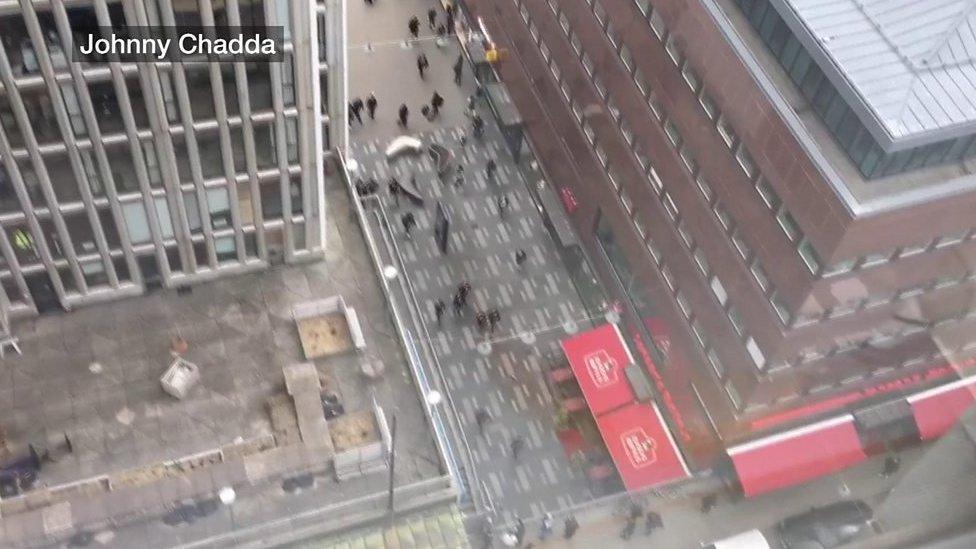
- Published7 April 2017

- Published7 April 2017
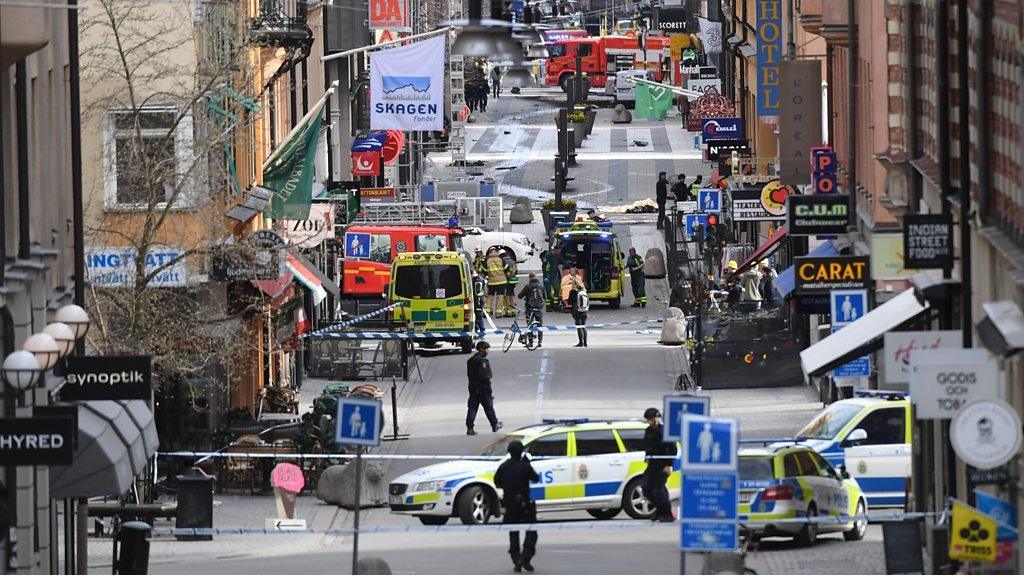
- Published7 April 2017
